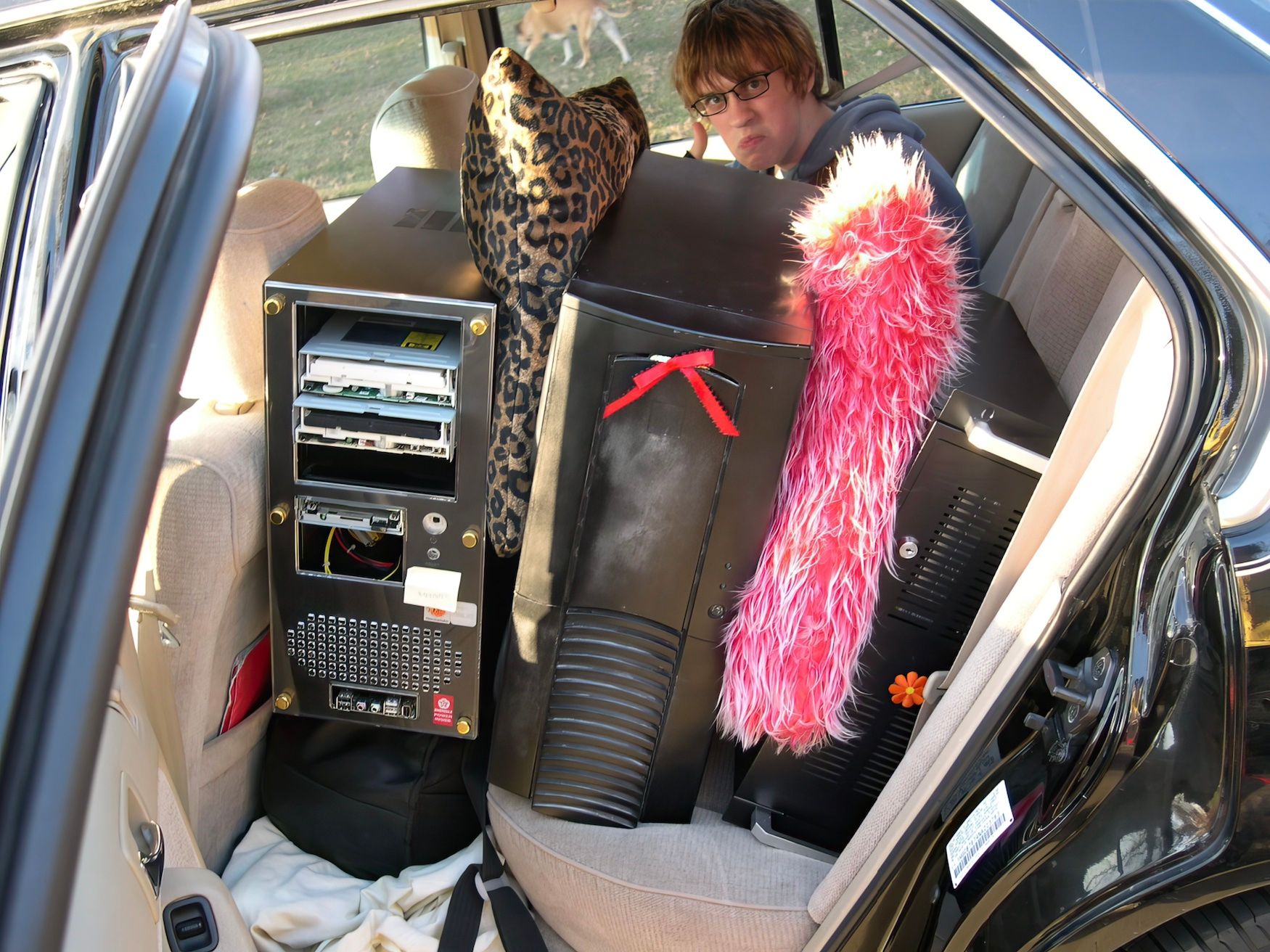Cobrasnake: Berlin Review
|VICTORIA CAMBLIN
In today's media landscape, a book review is often a slap on the back. A handshake among colleagues that says, “well done.” But we have never been afraid to offer critique when critique is due. In our print section Berlin Reviews, we've always tried to take the propositions of a book seriously and push them to their extremes.
Archive Berlin Review from our issue #41

As you have almost certainly heard, "Indie Sleaze” is back, and one of its best-known documentarians, Mark “the Cobrasnake” Hunter, has a book out to greet its return.
“Long before there was an Instagram feed to scroll through, people would refresh my site over and over again, fiending for the next update,” he writes in the introduction to The Cobrasnake Y2K Archive. The Gen Z fashion writers who coined and cruelly revived the trend tend to misdate “indie sleaze” as having happened from 2005-2015. But the millennial aestheticcaptured in Hunter’s photographs ostensibly begins with Vice’s “Do’s and Don’ts”: a street fashion column first published in the nineties, and very shrewdly retired by the magazine in 2012. By then, indie sleaze had already long peaked. You just didn’t need to go to a party to get your ‘fit photographed anymore, and you certainly didn’t need to move to New York to know what people were wearing in the big city. The internet, and to some extent American Apparel,had made the pastiche vintage uniform uniformly available, as generic as (and sufficiently copied by) Abercrombie & Fitch. Suburban youth had begun to idolize Rei Kawakubo, not trucker hats (thanks, Style Rookie). Social media had apps, and tags and timelines replaced the post-party ritual of logging on to your neighbor’s unprotected WiFi connection and typing a URL into Firefox to painstakingly examine a photographer’s latest uploads, none of which would be captioned with anyone’s name. “Looking through my pictures to find themselves or their friends was a rite of passage for a generation growing up without Instagram,” writes Hunter. “Now, theycan look through this book.” What began in print, to print has returned.
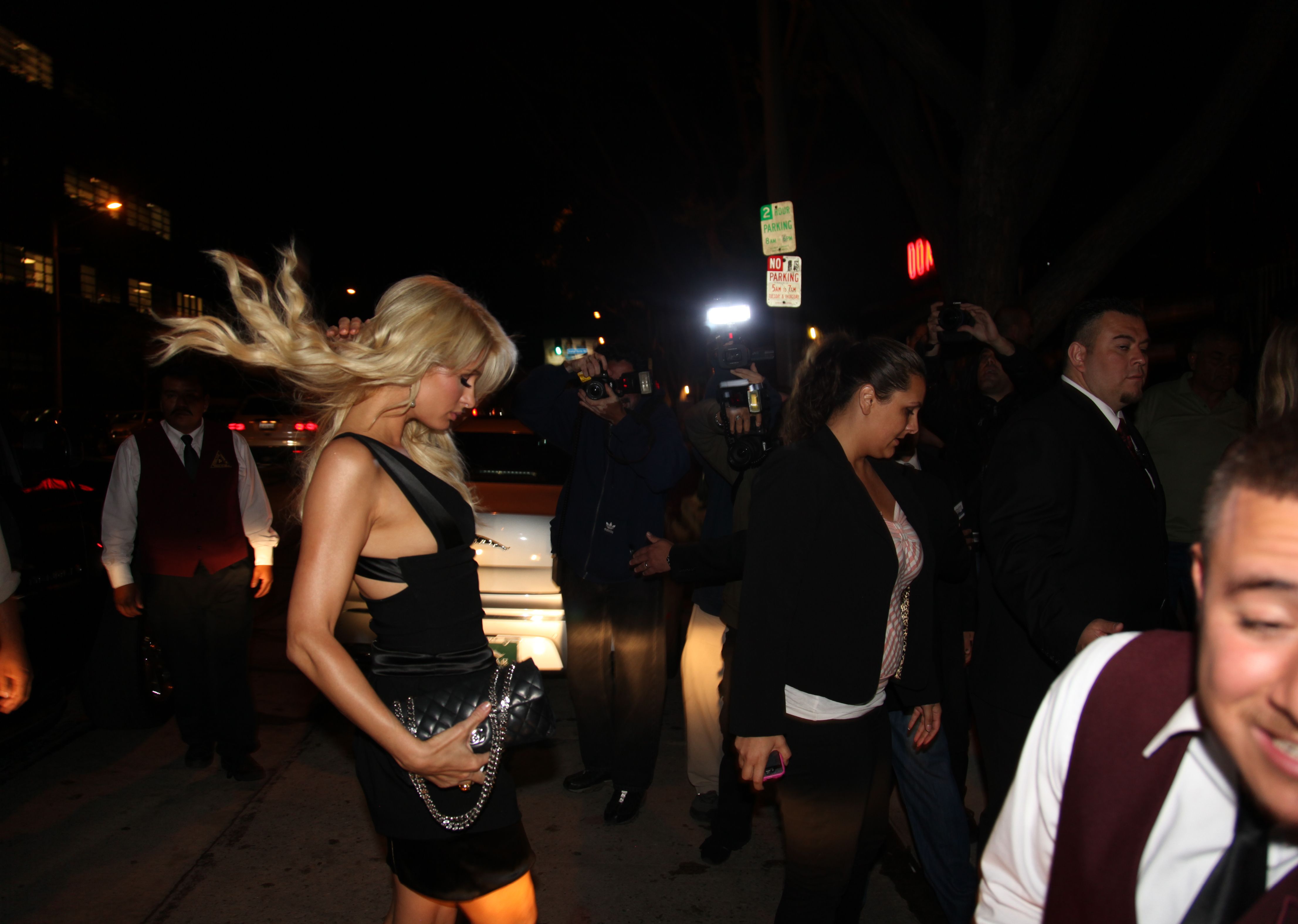

Some welcome the homecoming. Indie sleaze is, energetically if not strictly dates-wise, not only pre-Instagram but pre-GOOP, pre algorithmic “self-care,” and pre-#MeToo – the hashtag, that is, not the harassment. The Cobrasnake’s heyday was actually prime time for sexual misconduct, notoriously perpetrated by photographers on the party scene. Terry Richardson wasn’t properly “cancelled” until the second half of the 2010s, but he had been routinely accused of exploiting models since 2001. American Apparel CEO Dov Charney was busted in Jane in 2004, when he masturbated in front of a writer while she was interviewing him for the magazine, and the incident was described in the feature. What is interesting is that the brand only blew up once the article came out. Prior to 2005, it was mostly wholesaling blank LA-made t-shirts to other brands. American Apparel owes its growth to its salacious reputation, which Charneysuccessfully repackaged as emancipatory, not statutory, investing aggressively in retail and marketing – famously, in soft core street-cast billboards featuring underpaid, unretouchedmodels.
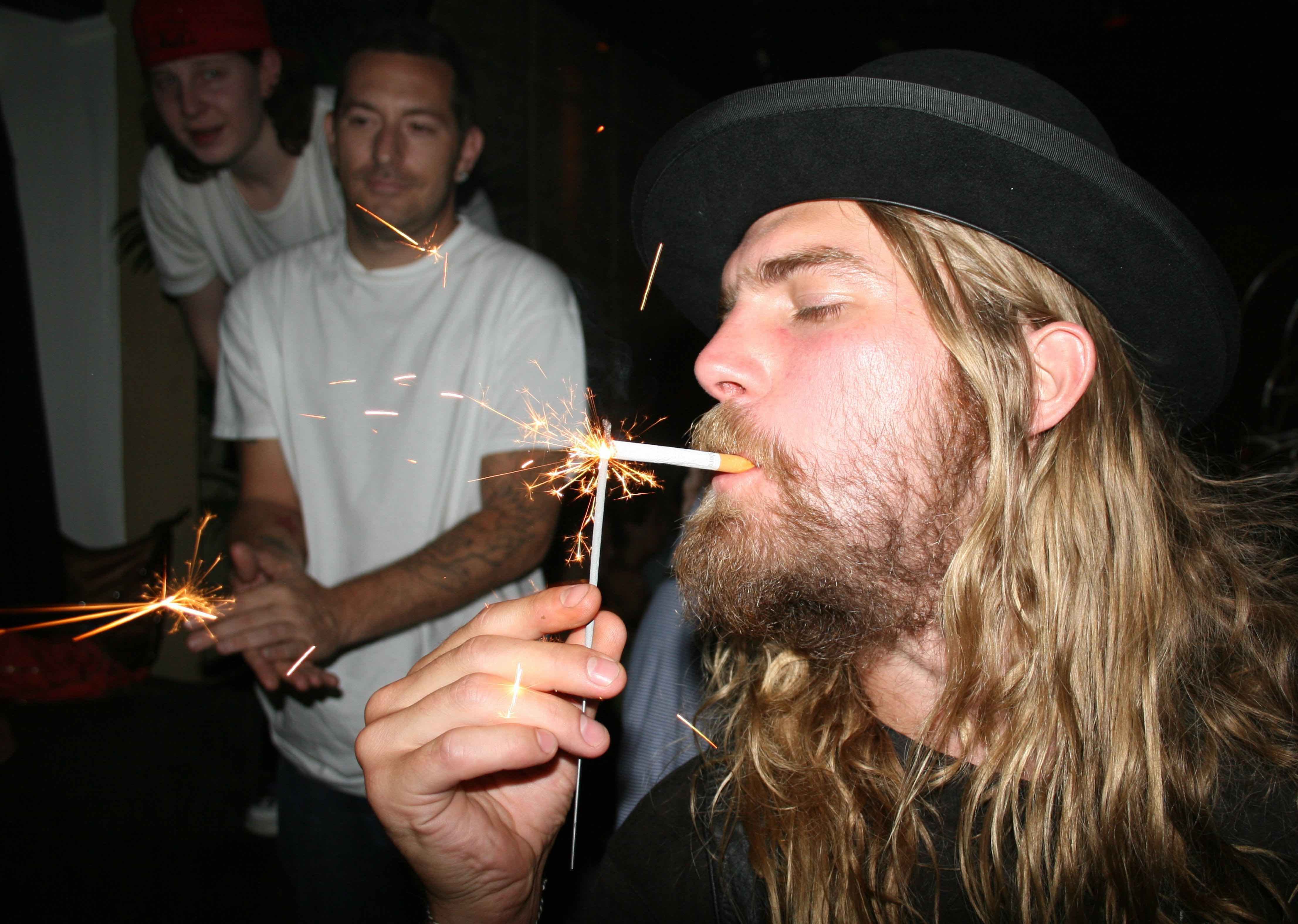
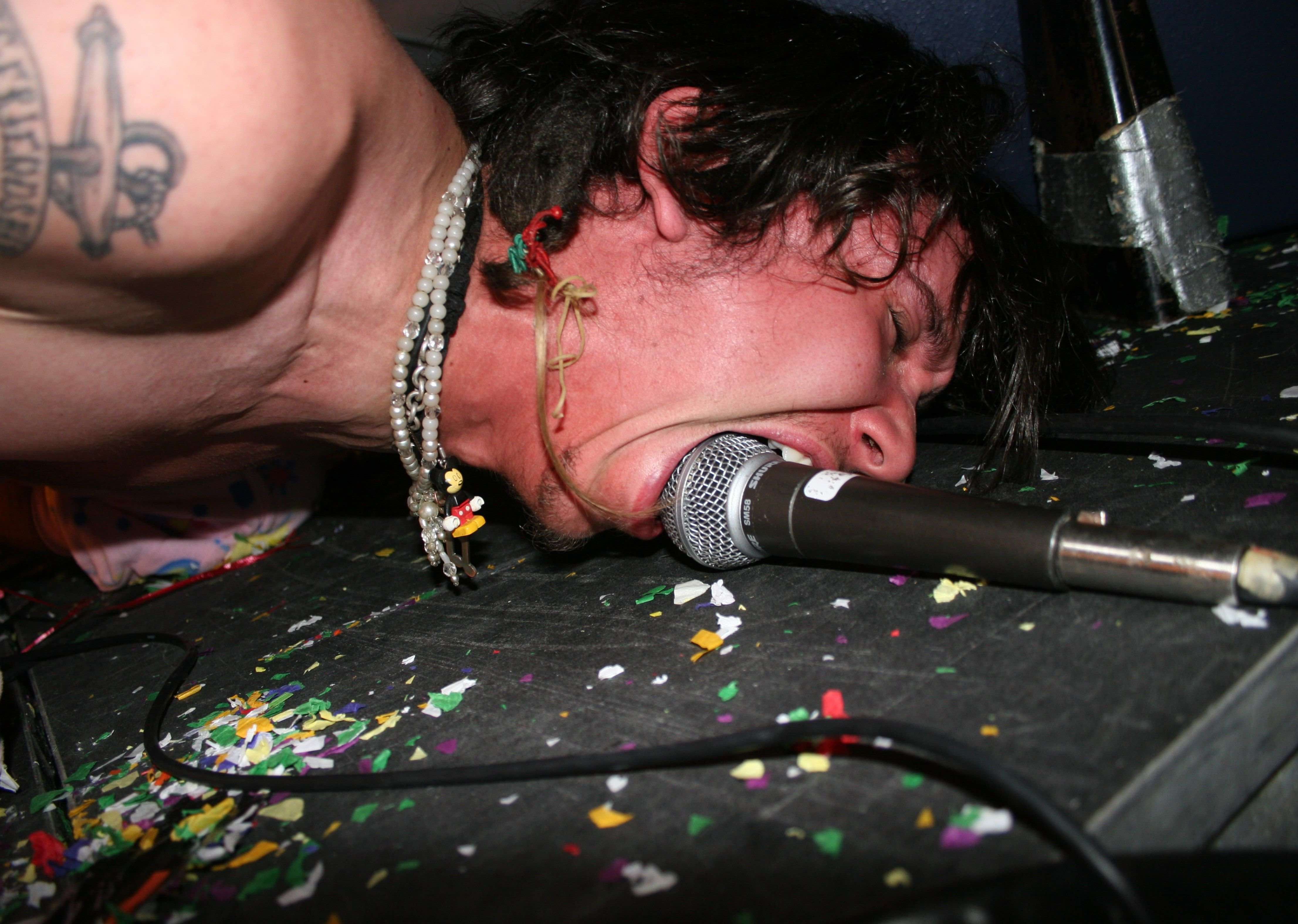
Today, someone with traffic and access equivalent to Hunter’s would be showered with paid offers from influencer marketing teams, but in the 2000s cultural capital was seen as its own reward – even if there was a lot of brand placement. One had to be consistently buzzed on Pabst Blue Ribbon and Parliament cigarettes to want to get into one of these snaps, but everyone was. Brands achieved low-key omniscience by word-of-mouth revivals that, we learned from marketing specialists a decade later, were extremely calculated, avoiding conspicuous sponsorship in a way that made us imagine we were choosing to smoke or drink their objectivelyterrible products. Rumor has it that American Apparel was easy to shoplift from by design: the marketing team wanted those over-priced bodysuits and boy shorts out there, and cleptocutiesmade ideal ambassadors. In a sense, there’s a paradoxical honesty to the influencer economy today – for all its toxicity, there’s a transparency to the filters and the product posts by now. It wasn’t uncommon to forget the Cobrasnake took your picture until you saw it on his website a few days later, and there certainly were no retakes or ReTouch app. People had cell phones in the mid-2000s, but in Y2K Archive, no one is on them. The world captured by the Cobrasnake may have been venomous, but the parties were fun.
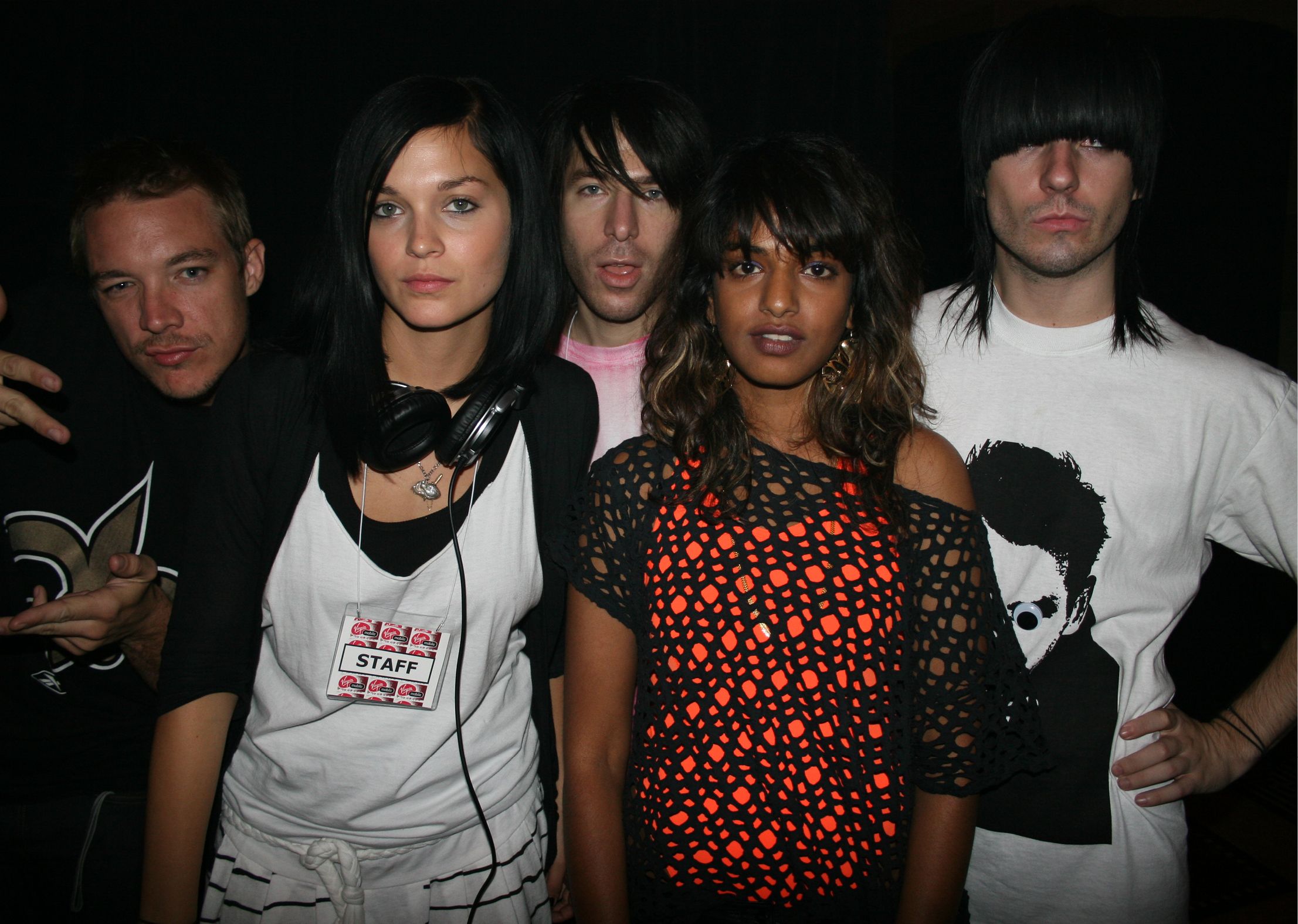
The Cobrasnake: Y2Ks Archive is published by Rizzoli (2022).
Credits
- Text: VICTORIA CAMBLIN

